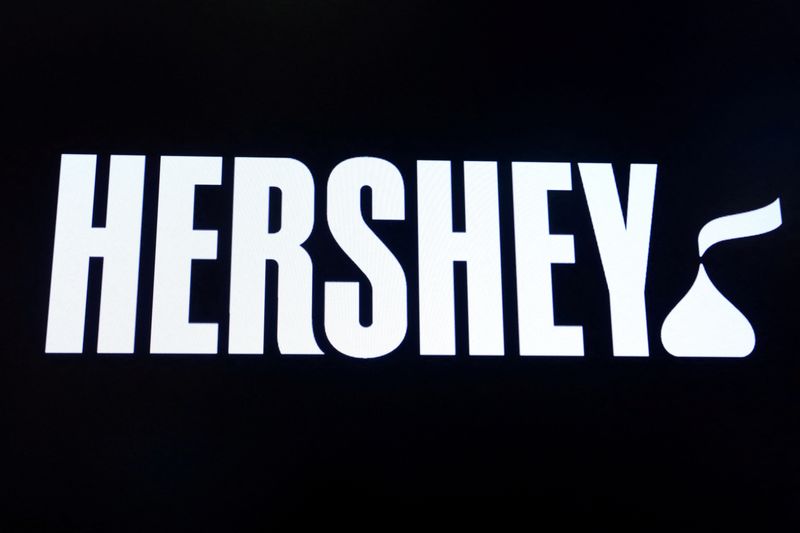Article – I just stepped out of a meeting with three Canadian chocolate manufacturers at an industry conference in Toronto. As I sip coffee from a locally-owned café, I’m struck by the unusual mood among these business owners – cautious optimism amid global trade turbulence.
“We’re suddenly getting calls from American retailers who never gave us the time of day before,” explains Jean Moreau, founder of Montréal-based Chocolat Boréal. “It’s not that we wanted these tariffs, but we’d be foolish not to seize the opportunity.”
The opportunity Moreau references comes from Donald Trump’s campaign promise to impose blanket tariffs of 10% on all Canadian imports and potentially 60% on Chinese goods if he returns to office. While many industries brace for disruption, Canada’s artisan chocolate sector finds itself in an unexpected position – potential beneficiary of a trade war they never asked for.
The economics are straightforward. Canadian chocolate makers have historically struggled to compete with European imports and massive American brands that dominate North American markets. But Trump’s proposed tariffs would significantly alter the price dynamics, especially for mid-sized manufacturers who source cocoa from the same global markets as their American counterparts.
“We’re running the numbers, and with a 10% price advantage on European chocolates in the American market, we could triple our U.S. sales within a year,” says Victoria Chang, CEO of Vancouver’s Pacific Chocolate Works. Her company currently exports about 15% of production to specialty stores in Seattle, Portland, and San Francisco.
Trade data from Statistics Canada reveals chocolate exports to the U.S. have remained relatively flat over the past decade, hovering around $250 million annually. But industry analysts at Deloitte Canada project this could surge to $400 million if European competitors face new tariff barriers in the American market.
The irony isn’t lost on these manufacturers. Trump’s “America First” policy might inadvertently boost a Canadian industry that competes directly with American producers like Hershey and Mars. Yet the situation exposes the complex, interconnected reality of North American supply chains that defy simplistic trade policies.
Behind a weathered wooden counter at his Toronto workshop, master chocolatier Dimitri Konstantopoulos shows me his newest creation – a maple-infused dark chocolate bar designed specifically for the American market. “We’ve been developing these for months. If these tariffs happen, we’ll be ready to move quickly,” he says, breaking off a piece for me to taste.
The preparation isn’t merely opportunistic. Canadian chocolate makers have watched warily as trade tensions have mounted, and many remember the previous Trump administration’s tariff battles. This time, they’re determined not to be caught flat-footed.
Economic research from the C.D. Howe Institute suggests that while Trump’s proposed tariffs would harm Canada’s overall economy, certain sectors could benefit substantially by gaining competitive advantages in the U.S. market against European and Asian imports facing even steeper tariffs.
“It creates this strange triangular trade advantage,” explains Sophia Williams, international trade analyst at the University of Toronto. “Canadian chocolate would be 10% more expensive in the U.S., but European chocolate could be 20-25% more expensive if you factor in existing tariffs plus the new ones. Suddenly Canada looks like the better option.”
Not everyone in Canada’s chocolate industry shares this optimism. Smaller artisanal producers worry about retaliatory measures and broader economic damage. “Sure, we might sell more chocolate, but what about the cost of imported equipment? What about cocoa prices if global trade gets disrupted?” asks François Leblanc, who runs a small-batch operation in Quebec City.
These concerns highlight the double-edged nature of protectionist policies. While creating opportunities for some, they introduce uncertainty for many others. The Bank of Canada has already warned that widespread tariffs could trigger significant economic shocks that would outweigh sector-specific gains.
As I prepare to leave the conference, Moreau hands me one last truffle. “Taste this – it’s our American election special,” he says with a wry smile. The dark chocolate shell gives way to a filling that’s half sweet, half bitter. “We’re calling it ‘Trade War Surprise,'” he adds. “You never quite know what you’re going to get.”
The unexpected windfall for Canadian chocolate makers reveals the complex and often counterintuitive consequences of blunt trade policies. As one industry potentially benefits, many others prepare for hardship – a reminder that in global trade, simplistic solutions rarely yield simple outcomes.






